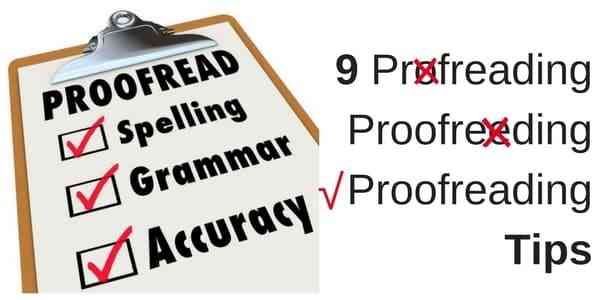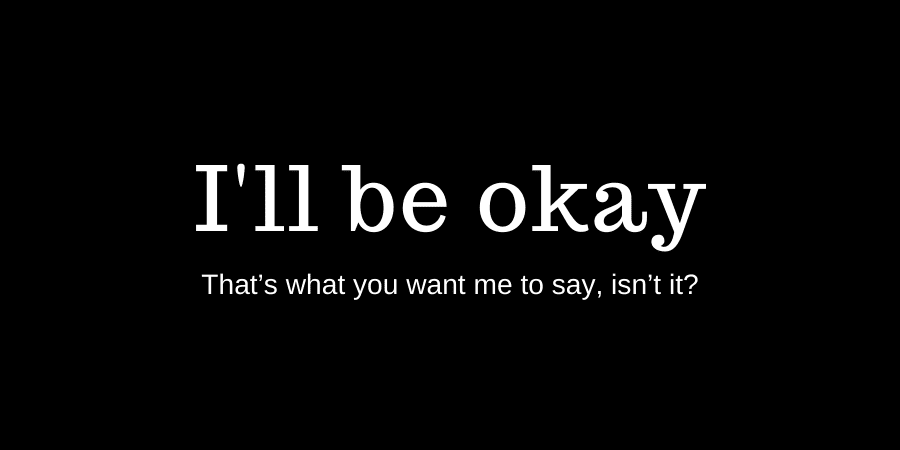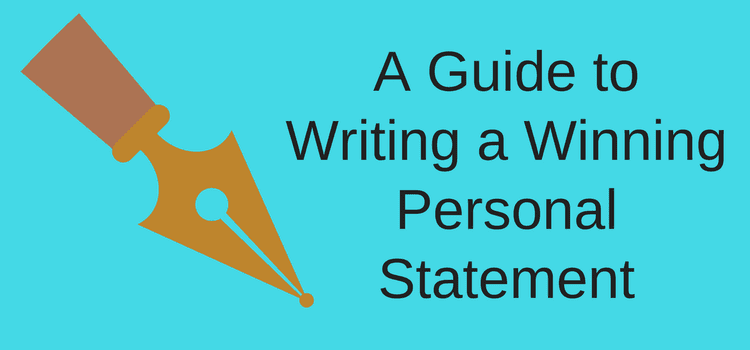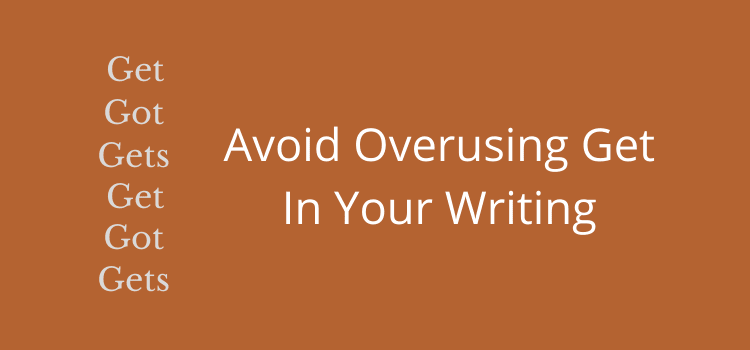
Meticulous editing and good proofreading techniques can save you a lot of embarrassment.
Many years ago, when I was working in printing and publishing, we had to print 1,000 posters promoting a new concert hall.
The poster only had four words: Concert Hall Grand Opening. It was only when the posters were being packed for dispatch that the delivery driver asked, “What’s a concept hall?”
Yes, everyone involved in the production process missed the clumsy spelling mistake.
Proofreading is vital
The episode has always stayed in my mind because it’s a classic lesson about why you need to proofread every word you write.
It doesn’t matter if you are writing for pleasure or business; mistakes can be costly.
You might not have to suffer the expense of reprinting 1,000 posters, but your writing reputation is valuable.
If you want to avoid the embarrassment of typos, grammar, and spelling mistakes, here are nine tips and techniques to help you proofread more accurately.
1. One problem at a time
Don’t overload your brain by trying to find every type of problem the first time you read through your text.
One of the best proofreading techniques is to take one type of error at a time and correct it. Focusing on a specific task is easier, and you are less likely to miss mistakes.
You can start with the formatting to check that your bullet lists are numbered correctly or that your paragraph spacing is consistent.
Then, you could start your check for spelling errors.
2. Read it aloud
When you were at college or university, did you have a friend who often read aloud to help absorb information?
It’s a technique that can work for some people.
You can apply the same method when you proofread.
You are more likely to identify potential errors when you hear the sentences flowing into each other.
It’s often much easier to identify a sentence as incorrect or as not sounding right by reading it out loud.
Perhaps you might want to find a quiet place so you don’t annoy anyone.
But you could also try reading it to someone else and see if they can pick up any errors.
3. Read it backward
Reading a text backward is one of the oldest proofreading techniques.
When you aren’t focused on the flow of the text or story, you can concentrate on sentence structures and possible errors.
Your mind concentrates on the text, either word by word or sentence by sentence.
You aren’t concerned about the story, so you aren’t distracted by any plot elements.
It’s an old and proven way to help you find mistakes.
Every punctuation mark, word, and sentence stands on its own.
4. Be fresh
If you are trying to proofread late at night when you are exhausted, you might want to give up and go to bed.
It takes a lot of concentration when you are trying to identify tiny errors in a lengthy document.
If you are tired, it’s a long slog, and you will miss a lot of mistakes.
It’s always much better and faster to tackle proofreading when you are fresh and relaxed.
You might find the best time for you is in the morning.
I know that proofreading is much easier and always more accurate if I work on checking texts before midday.
5. Check your facts
You are often citing or stating facts in your writing.
But you should always make sure that your facts are accurate. If necessary, cite a reliable source.
Check and double-check your sources to make sure. Then, check that you have cited these statements correctly.
Also, triple-check that the facts are still 100% accurate when you refer to them in your own words.
6. Print it
Unless you are proofreading a 500-page novel, you should always try and work with a printed copy to help spot mistakes.
A computer screen can be tiring on your eyes.
A printed copy is easier to read and more practical for adding notes or comments.
7. Don’t rush
If you try to proofread a long article in one go, you will undoubtedly miss some errors.
Give yourself plenty of time to work through every line so you can check for common grammar and/or spelling mistakes.
Proofreading is one of the final steps in writing, and it’s also the slowest step.
The result is often less than perfect when you rush to do anything.
Take your time, and as long as you need to do the job right the first time.
8. Step away
When you finish writing, never try to proofread your text straight away.
It’s always best to step away from it to clear your mind before you proofread.
If you are the author and the proofreader, take a long time between the two stages.
Your brain needs to cool down from the creative side of writing.
Proofreading is a separate step in the writing process, so take a long break.
For an article or essay writing, leave a day between writing and proofreading if you can.
Give your mind the necessary time to split the two tasks.
9. Ask for help
It’s always much better if you can ask someone else to proofread for you.
You could ask a friend or family member if you don’t have an editor.
A fresh pair of eyes will always look at the text from a different and detached perspective.
In doing so, they will be more likely to find errors or areas you can improve.
When you write a text, you agonize over it and read it over and over again.
Your mind then has a fixed idea about the plot, story, or flow of your words.
That’s what makes it so difficult for a writer to spot errors.
Summary
Proofreading is not an easy task, so you should never take it lightly.
Your writing skills might be first-class, but any small error will stand out to readers.
I know that whenever a tiny typo or mistake slips through my checking process for my blog posts, readers notice.
Your writing is only as good as the accuracy of your proofreading, so never take any shortcuts.
Related reading: The Difference Between Copy Editing And Proofreading




Proofreading corrects surface writing errors like grammatical, spelling punctuation and other language errors. It requires proper guidance and correct way to apply on paper. You have shared such a knowledgeable tips. Thanks for the article.
A very helpful article. Will try out the reading backwards tip as I can see how that would work. Definitely agree with editing a paper copy – you wouldn’t think it would make a difference but it certainly does. Great article – thank you Lisa.
You might want to edit this sentence:
‘You might be surprised at what they pick us because they will be unbiased’
It should say “at what they pick up’. Just a tip.
I did appreciate your article, though. :)
Theresa
Thanks.
Great tips! I use them on every thing I write! Christine
Great tips thank you. With regard to printing it out… Rereading it away from the computer screen is a must! I can guarantee spotting mistakes I have read about 10 times on the computer screen.
It also works equally well if you read it on an e-reader. I convert the doc to a pdf using DoPDF-7 a free app that creates a virtual printer option in Word. Great little app although there are probably lots more available. I can’t tell you how many forests I have spared!
Thanks again for the article – Paul